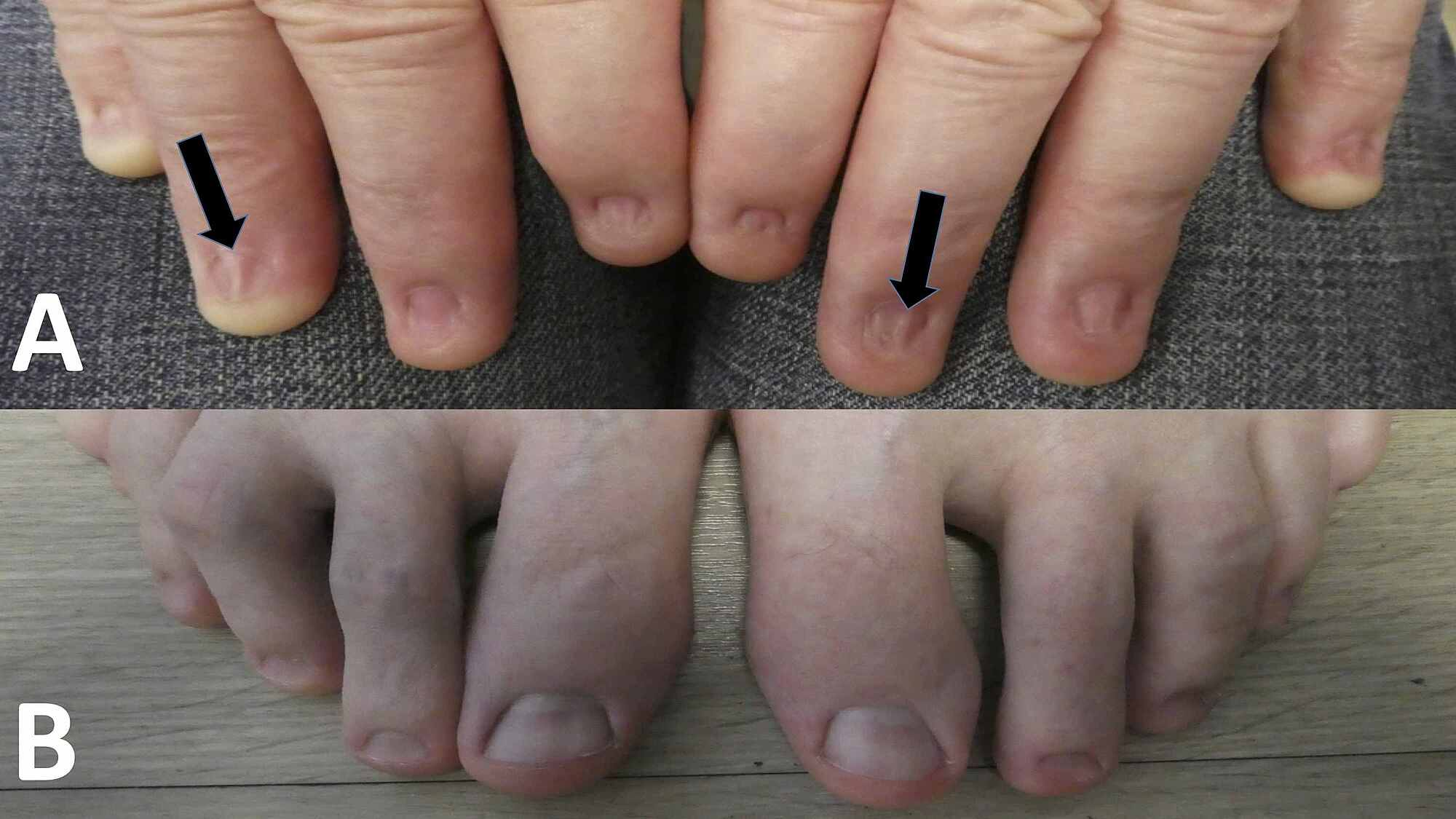
Health effects and incident management. What are the potential health effects of methyl ethyl ketone.
Polyetherether Ketone PEEK Chemical Compatibility Chart.
Methyl ethyl ketone health effects. Methyl ethyl ketone is used as a solvent. Acute short-term inhalation exposure to methyl ethyl ketone in humans results in irritation to the eyes nose and throat. Limited information is available on the chronic long-term effects of methyl ethyl ketone in humans.
Chronic inhalation studies in animals have reported slight neurological. Butanone also known as methyl ethyl ketone MEK is an organic compound with the formula CH 3 COCH 2 CH 3. This colourless liquid ketone has a sharp sweet odor reminiscent of acetone.
It is produced industrially on a large scale but occurs in nature only in trace amounts. It is partially soluble in water and is commonly used as an industrial solvent. It is an isomer of another solvent.
What are the potential health effects of methyl ethyl ketone. Main Routes of Exposure. Can irritate the nose and throat.
Can harm the nervous system. Symptoms may include headache nausea dizziness drowsiness and confusion. A severe exposure can cause unconsciousness.
May cause mild irritation. MATERIAL SAFETY DATA SHEET- MSDS METHYL ETHYL KETONE 1. PRODUCT AND COMPANY IDENTIFICATION PRODUCT Product Name.
METHYL ETHYL KETONE Product Description. Ketone Intended Use. Solvent COMPANY IDENTIFICATION Supplier.
Pon Pure Chemicals Group CHENNAI TAMILNADU INDIA 24 Hour Health Emergency 91 8939878447 91 9444038694 Transportation. Methyl ethyl ketone MEK Revision Date 02252021 Version 20 Print Date 02252021 110000000947 Page 1 of 10 SAFETY DATA SHEET SECTION 1 IDENTIFICATION OF THE SUBSTANCEMIXTURE AND OF THE COMPANYUNDERTAKING. Methyl ethyl ketone MEK Synonyms.
2-Butanone 3-Butanone methyl acetone Ethyl methyl ketone. Catalyst production Industrial Institutional. Methyl ethyl ketone MEK 200 ppm 200 ppm EXPOSURE CONTROLS.
Health and safety professional or manufacturer for specific information. Self-Contained Breathing Apparatus may be required for use in confined or enclosed spaces. Face shield if splashing is possible.
Methyl isobutyl ketone MIBK is a solvent used in numerous products and processes and may be present in the air of the workplace as a vapor. The American Conference of Governmental Industrial Hygienists ACGIH threshold limit value-time-weighted average TLV-TWA and TLV-short term exposure limit TLV-STEL for MIBK are 50 and 75 ppm respectively. A dialkyl ketone that is a four-carbon ketone carrying a single keto- group at position C-2.
N-alkyl methyl ketones and methyl esters of aliphatic carboxylic acids as a function of homolog number and analysis temperature Zh. Khim 441 1989 68-73 In original 84-89 NIST Spectra nist ri. Show more umn class.
Detailed information about the health effects of hazardous air pollutants HAPs is available in separate fact sheets for nearly every HAP specified in the Clean Air Act Amendments of 1990. These substances include certain volatile organic chemicals pesticides herbicides and radionuclides that present tangible hazard based on scientific studies of exposure to humans and. Methyl isocyanate MIC is an organic compound with the molecular formula CH 3 NCO.
Synonyms are isocyanatomethane methyl carbylamine and MIC. Methyl isocyanate is an intermediate chemical in the production of carbamate pesticides such as carbaryl carbofuran methomyl and aldicarbIt has also been used in the production of rubbers and adhesivesAs a highly toxic and irritating material. Acute exposure guideline levels AEGLs describe the human health effects from once-in-a-lifetime or rare exposure to airborne chemicals.
Used by emergency responders when dealing with chemical spills or other catastrophic exposures AEGLs are set through a collaborative effort of the public and private sectors worldwide. Methanol Methyl alcohol. 200 ppm No data.
75 ppm Methyl isobutyl ketone Hexone. 100 ppm No data. Acetic acid ethyl ester Ethyl acetate 141-78-6 PEL.
400 ppm No dataTLV. 500 ppm No. Polyetherether Ketone PEEK Chemical Compatibility Chart.
Check the chemical compatibility of PEEK with various chemicals solvents alcohols and other products. The information in this chart has been supplied by reputable sources and is to be used ONLY as a guide in selecting equipment for appropriate chemical compatibility. Grape enhancer - methyl anthranilate and phenethyl alcohol.
001 - dihydromyrcenol 005 - benzyl propionate 005 - linalyl acetate 005 - phenethyl alcohol 001 - aldehyde C-14 10 020 - amyl cinnamaldehyde 001 - mahy shiff 005 - naphthyl ethyl ether 001 - aldehyde C-16 10 005 - geraniol an antimicrobial antiseptic and disinfectant that is used also as an aromatic essence. Ethyl Benzene Napthalene Styrene Toluene Xylene 6. Hydrocarbon Cyclohexane n-Heptane n-Octane n-Pentane Methyl Cyclohexane N-Hexane 7.
Ketone Acetone Cyclohexanone 2-Pentanone 2-Hexanone Methyl Ethyl Ketone Methyl Isobutyl Ketone 8. Halogenated Hydrocarbon Carbon. The health effects to be taken into account include sensory and other effects such as the slowing of reflexes which might result in the impairment of safety.
Criterion 3 takes account of whether industry can reasonably comply with the exposure limit derived under the first criterion. There is no purpose in setting an OEL-RL which plainly cannot be achieved in practice. Note that industrys.
An example of an organic peroxide is methyl ethyl ketone peroxide also known as 2-butanone peroxide ethyl methyl ketone peroxide or MEKP. It is used as a polymerization catalyst in the manufacture of polyester and acrylic resins and as a hardening agent for fiberglass reinforced plastics. It is a colourless liquid with a characteristic odour.
It is considered a combustible liquid and. Methyl ethyl ketone. Health effects and incident management.
31 January 2019 Guidance Mustard gas. 31 October 2018 Guidance Naphthalene. Hexane is a solvent widely used as an industrial cleaner and degreaser and is an ingredient in many consumer products.
Easily inhaled or absorbed through the skin hexane has been recognized for more than 40 years to cause long-lasting and even permanent nerve damage in feet legs hands and arms. Other major emissions from plastic production processes include sulfur oxides nitrous oxides methanol ethylene oxide and volatile organic compounds. Less visible but very serious is the pollution generated by producing plastic resin.
As ethylene is polymerized the reactive mixture is scrubbed with dilute aqueous.